How to be Innovative Like Elon Musk, Steve Jobs, and Mark Zuckerberg?
An Essay
Recently, I was tagged in an interesting Quora question. To summarize, the OP was looking to learn: how entrepreneurs like Elon Musk, Steve Jobs, and Mark Zuckerberg identified the sweet spot in their businesses. I found the question interesting. It offered an opportunity to look beyond known facts like Steve’s eye for detail, Zuckerberg’s experiments, or Musk’s first principles, and the obvious conclusion that:
Musk, Jobs, and Zuckerberg are gifted individuals with common attributes. They have visionary ideas, perseverance, the readiness to take risks with disruptive innovations, and business acumen that guarantees success.
For an entrepreneur, you can learn valuable lessons from these attributes of our heroes. The main value, though, lies in understanding that ‘X’ is the thought or decision process, structured around the set of factors ‘Y’, that led Musk, or Zuckerberg, or Jobs to identify sweet spot ‘Z’. While that is something we can hypothesize, only our heroes can confirm what ‘X’ is for sure.
Given how crucial this aspect is, when enabling startups to leverage the potential of structured innovation, here’s our approach to the solution.
Turning the Question On Its Head
My friend Karthik Rajan captures this perfectly when he says,“Sri, you don’t have to teach the Elon Musks or Zuckerbergs of the world to innovate. They are masters at this game. How would you teach innovation to a leader or entrepreneur responsible for operations?”
Karthik’s point is: Entrepreneurs with an Operations background would like to see some structure to the process of innovation as they continue to build great companies. They would want something beyond “Fail fast, fail often.”
So, it makes sense to discuss the structure that helps startups and growing businesses build great companies like the heroes in this post. This structure can help leaders and entrepreneurs explore their goals to:
It is important to remember: For a startup to sustainably differentiate from its competition, it needs to repeatedly innovate. It cannot be satisfied with hitting its optimal cost-benefit balance just once. The process of developing or diversifying its offerings and reaching that balance needs to be optimally repeatable. Just as Jobs led Apple to continue disrupting its own market, a business must provision to elevate its thinking and repeatedly identify opportunities for disruptive innovation. Likewise, as demonstrated by leaders like Nadella, a business must plan to innovate incrementally, capturing opportunities to generate newer value for its ecosystem.
Linear innovations help in incremental improvements, and most Operations managers are good at it. Such leaders prefer structures that can predict outcomes like costs and returns. Visionary leaders have this uncanny ability to build nonlinear innovations, which are radical or transformational. It is necessary for a business to be able to to structure these nonlinear innovations, while also planning linear ones.
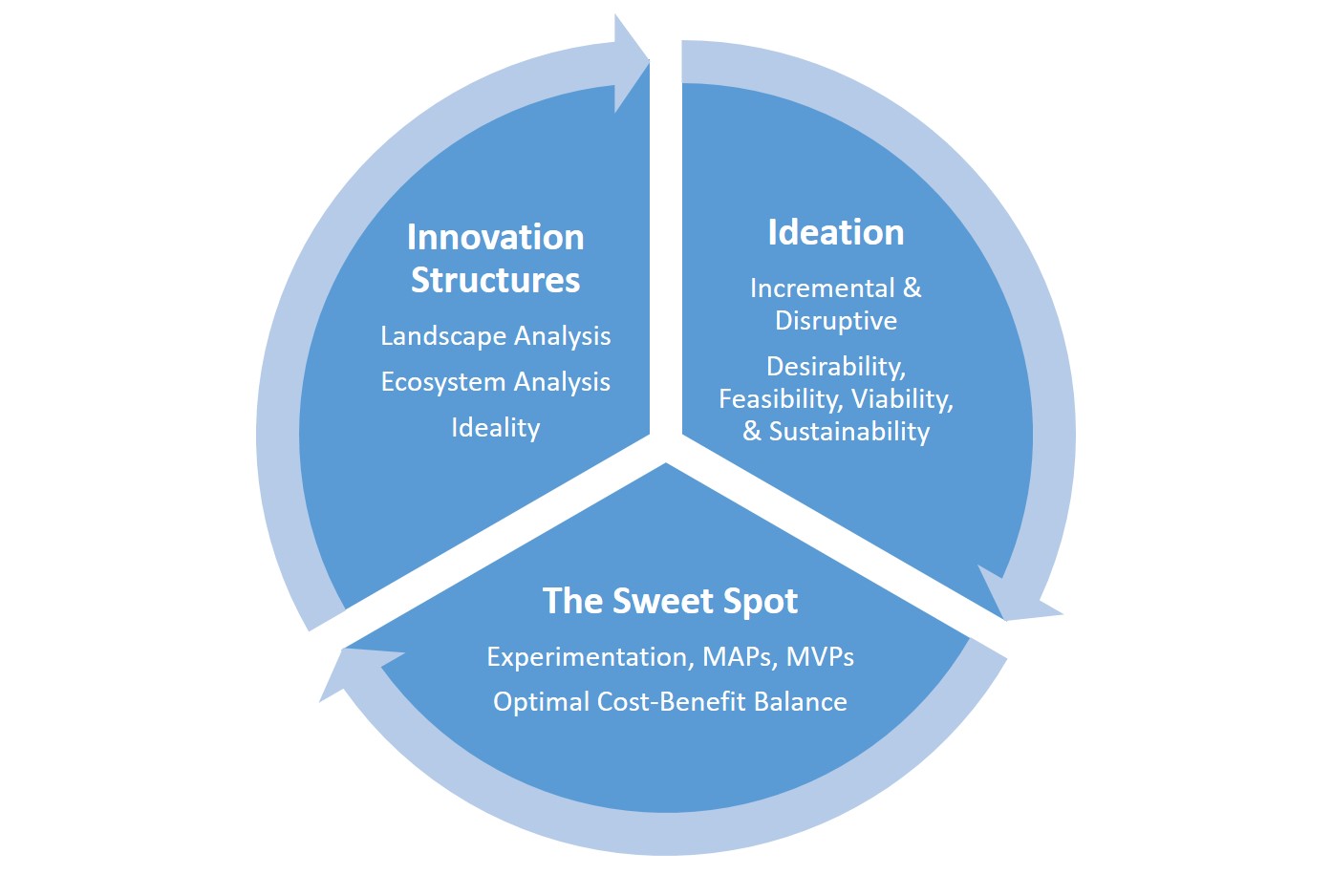
Story 1: Structuring a Disruptive Innovation
In this story, we’ll look at a brilliant toy inventor who ideates a virtual buddy for his nephew Noah, a fifth-grader. When Noah gets back from school each day, he feels tired and lonely. His parents work late at their offices, and Noah is bored. The toy inventor plans a buddy who will be able to assist with whatever a child, like Noah, would want.
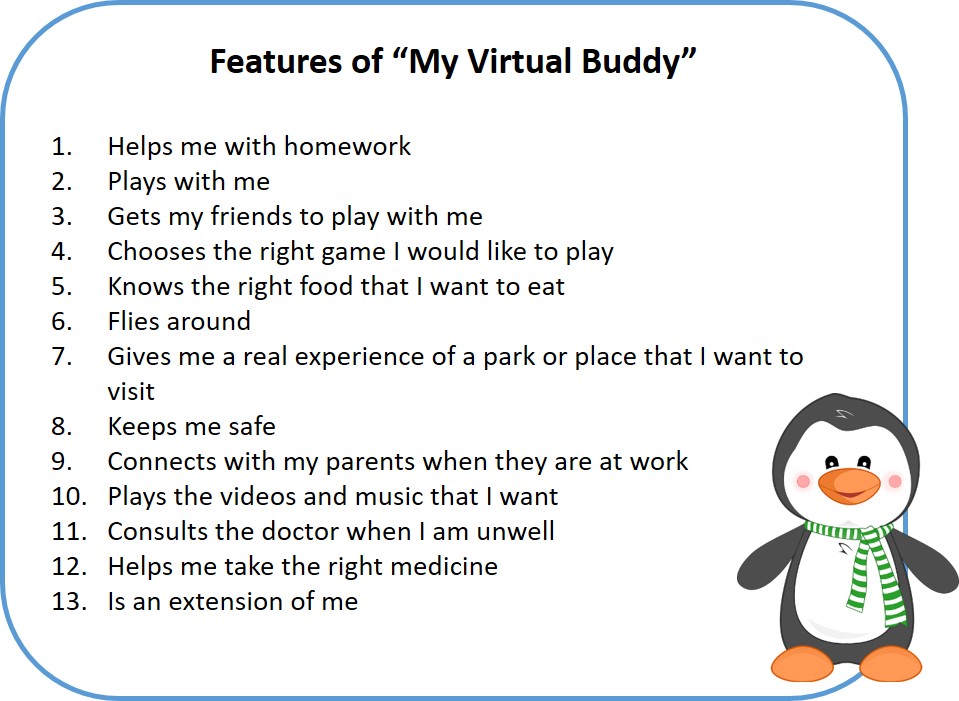
Virtual buddy as a tool
Now, let’s analyze how a person with a great Operations’ background, but not an inventor himself, could address the same opportunity.
Opportunity Statement: In a society with working parents, children have been returning from school to empty homes. By fifth-grade, a child is old enough that they can come home to a babysitter hired to provide basic supervision and minimal intervention. Or, depending on where they live, they return to empty homes. An entrepreneur sees this as an opportunity to provide a virtual buddy to this segment of children. It is not a novel idea – after all, there have been virtual buddy apps, and there have been electronic pets in the market.
The entrepreneur wants to ensure that:
- The product will be disruptive in terms of innovation and the returns it brings, and
- Competitors don’t catch up anytime soon – that is, the product needs to have an unfair competitive advantage.
Here is how, as innovation enablers, we would advise working through this opportunity.
1) Think inversely: List what is and isn’t a problem for a child, Noah, in their target market.
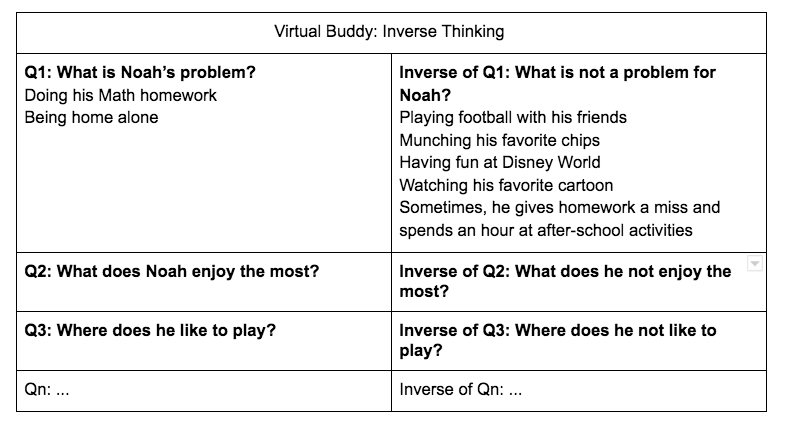
Inverse Thinking Think Model
2) Analyze the nuances of Noah’s Landscape:

Virtual Buddy: Landscape Analysis Framework
Through this exercise, we can figure out that:
- Noah spends more time in school compared to previous years, and
- As he grows, he will have to spend even more time on his classwork (assuming he stays within the current education system)
3) Establish the Ideality or Dream Solution for Noah and his Ecosystem: You will observe that in plotting a dream solution, some of its functions will be useful, and some will be harmful, or contradictory to the overarching objectives your solution is trying to achieve. This activity also considers the Cost associated with achieving the desired Benefits.
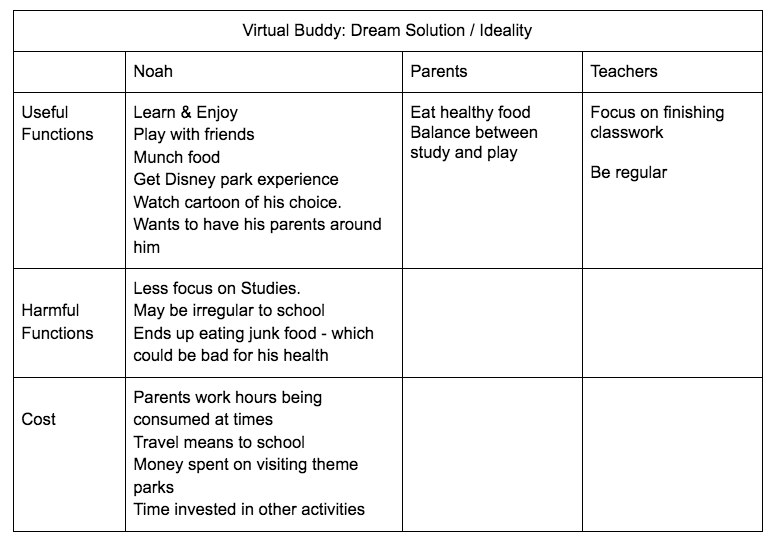
Virtual Buddy: Dream Solution / Ideality
An astute entrepreneur will appreciate the advantage of associating Costs against the Benefits this early in the game. This perspective kicks in before experimentation has even begun, and allows you to remove or address harmful functions. This makes it easier to achieve your sweet spot, and comes under “Executing Lean”
4) Ideal Dream to Ideation: Now, with the Dream Solution in place, the stage is set. A set of ideation techniques that are divergent (explore new opportunities) and convergent (refine and select opportunities) will help a linear thinker, like our entrepreneur, to arrive at the same creative possibilities as a creative guy, such as our inventor.
In fact, with this structured approach, the entrepreneur stands to cover more ground, and his approach will be more holistic and effective. The solution will not only result in a well-grounded concept, but it will also be easy to commercialize and generate Returns on Innovation Investment.
Story 2: Structuring Innovation for an Enterprise
In this story, we’ll look at the proposal defined by the Head of Strategy & Innovation at a health insurance company. He has been working on ideas for the company’s next phase of growth and value offerings, including but not limited to:
- Tracking a customer from Day Zero of the customer’s life: This would involve securing the customer’s entire medical history starting from the day they were born (e.g. stem cell information, data from wearable devices, etc.) and applying this personal information to determine the premium and options that the company will offer the customer.
- Attaching a doctor to monitor the customer’s health. The health monitoring data could be received from free check-ups to paid check-ups, to special disease observation. This way, the customer is continuously monitored, a and the insurance company is prepared for the expenses, instead of receiving a big, fat surprise claim that a health care provider makes on behalf of the insured patient.
- Adding speed monitoring and alcohol monitoring devices to the car a customer drives in a data-sharing tie-up with vehicle insurance companies.
- Tie-ups with providers like Zocdoc or Practo to pre-book patient appointments.
- Tie-ups with Pharma outlets to deliver prescription drugs.
- Tie-ups with support staff in case patients need special services.
This way, the insurance company is not only reducing its outgoing claims, but it is also increasing its market share, customer goodwill, and ecosystem support.
Now, let’s analyze how two leaders in an insurance firm, who run Operations and Marketing respectively, could collaborate to address the same opportunity.
It is worth remembering that: typically, leaders with a strong Operations’ background seek to get the whole innovation piece done quickly and efficiently while ensuring that there is compliance. They do not have room for serendipity. Their prime concern is whether concepts (especially those that look good) will bring in a Return on Investment (ROI).
To address this concern and prevent it from impeding their ability to innovate, we would introduce our two leaders to structured innovation by establishing a Brainstorming session. The objective of such a session is to elevate their level of thinking to grow the company and business by identifying unarticulated needs. The outcome of this phase is a dream solution that can be transformative for their business.
At this stage, we ask sets of powerful questions:
- What is the problem/challenge they have?
- What is the untapped opportunity?
- What is not a problem in their business today?
- Who are not their customer base today and may not be customers tomorrow?
Next, we would encourage our Operations and Marketing leaders to chart out their business in a simple Landscape Analysis tool and also ask them to list the Supersystem and Subsystem for their businesses. In this case, the main constituents of their business include: Buyers, Insurance buyers, and the Providers (this also includes hospitals and some other agencies to monitor the compliance part).
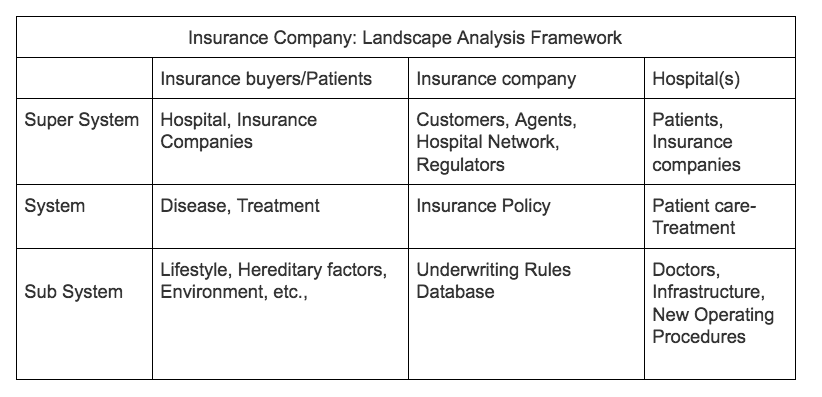
Insurance Company: Landscape Analysis Framework
Then as a next step, we would ask them to work on the Ideality or Dream solution that the players might expect in their ecosystem. This might look something like the one below:
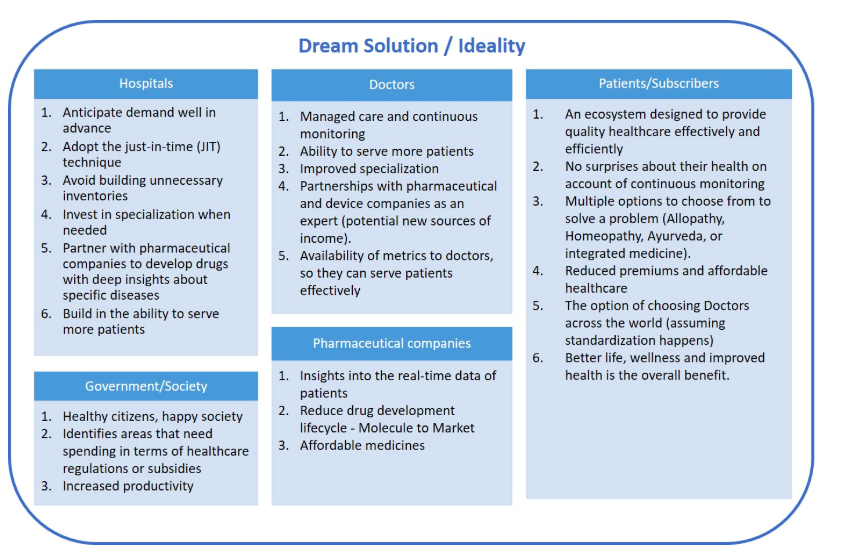
Dream Solution
So, our business leaders would end up defining a solution that works out to: Benefits for All the Players (Divided by) the Sum of all Harmful Factors Affecting the Players (plus) the Cost Involved
If that sounds confusing, let’s step back for a moment and examine Ideality or the Dream solution:
-
- Let’s for a minute say, you are a surgeon, and performing a surgical procedure is your daily chore. Now given a case as a surgeon, you may decide that a surgery may not be required at all, or that a new way of addressing the problem exists. Or, you may want to try a new method which you were thinking about for a long time now. Any of these things could be ideality or a Dream solution given a situation for the surgeon.
- As a banker, your Ideality could be “No defaults” in the loan recovery process (i.e. doing all that is possible to ensure that there is no default).
- As an airline operator, your Ideality could be to ensure that you fly on time and increase revenues. (Note: It is possible to have more than one ideality).
- As a high-rise construction firm which would want to install a glass facade, your customers would ideally want a glass that cleans itself (Saint Gobain has installed these in many high rises).
- Similarly, you could think of self-driving (autonomous cars), self-healing networks, and, the list goes on.
- Ideality or Dream solutions exist at the Strategic level as well: top management’s ideality, for instance, could be to consolidate the company’s position as a market leader and be an X-billion dollar company by the year 2022.
- Ideality in the Product development group: zero rejections, no changes in customer requirements
- Ideality in the Service Industry: self-serviceability, self-help systems,
As you can see, this structured approach leading to ideality is truly empowering to our Marketing and Operations’ leaders. Their goal is to drive innovation in their companies without hiring management consulting firms to think for them.
What is the possibility, though, of a visionary, creative Innovation Head creating a similar solution? Well, it’s possible that a visionary would come up with the kernel of an idea. But with a structured and disciplined approach, our Marketing and Operations’ leaders will have a more comprehensive solution. They will have covered more ground than the creative guy, and their approach would be more holistic and effective. Their solution would not just result in a well-grounded concept, but a concept that is ready for monetization, thereby generating Returns on Innovation Investment.
Idea Selection and The Sweet Spot
Now that you are at the stage where you have well-grounded concepts ready for ideation, it is time to select and experiment with these ideas. Assessing ideas and prioritization is a challenge for the innovation leaders. The simple rule to evaluate an idea would be to look at:
- Customer Desirability: Will the end customer like the idea or not? How well do you know your customers, their desires, and pain points? To address this question, it is necessary to spend time with your customers in action and observe their choices.
- Technical Feasibility: Can you develop this? What is your ability to do a quick POC with limited resources? Will your skill in doing this be a big differentiator?
- Economic Viability: If 1 and 2 are taken care of, then this third point will be eventually taken care of. You will need to come up with an innovative business model.
- Long-term Sustainability: This is the factor that makes sure an idea will work in the long run. Your idea may be very good, but do you have resources? Is your environment-friendly towards you? Do you nurture your ecosystem? These points will make sure that your idea works when you scale up. You need to think of this at the early stage and see that this is built into your product design and business planning. Elon Musk, for instance, worked this into his plan for Tesla: from supporting the lithium supply for his car batteries to sharing technology so that charging ports would be economically viable and available to his customers.
Like I said at the start, there is a lot to learn from the personal and business traits of our heroes. At the same time, you can appreciate that the innovation giants of our time have based their journey very keenly on the principles of structured innovations.
By identifying ideas that are useful, desirable, feasible, and viable – and by identifying where you might be able to build value for your ecosystem, you bring yourself considerably closer to achieving your sweet spot with optimal investment and the best returns. The best practice processes like Minimum Viable Product (MVP), Minimum Awesome Product (MAP), and Experimentation are the next logical steps that actually bring you home to your sweet spot. Bringing in structured innovation guarantees that your business will be able to repeat this cycle of linear and disruptive innovations to build a successful, sustainable enterprise.
Over the years, my clients, especially startups that were founded on a unique idea, have recognized this value of strong, research-backed innovation. They appreciate how it brings them significantly closer to their goal of building a business that can continuously innovate while generating value. I would like to hear your thoughts on how structured innovation might influence your startup or growing business. You can write to me at [email protected].
Image: Designed by Freepik








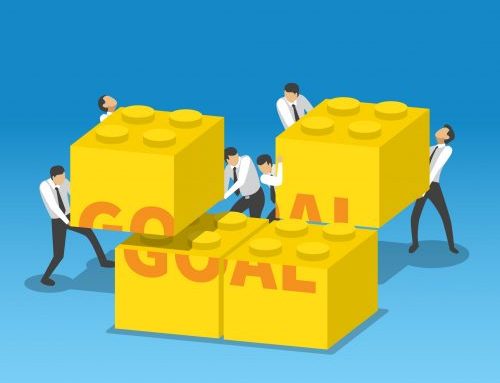


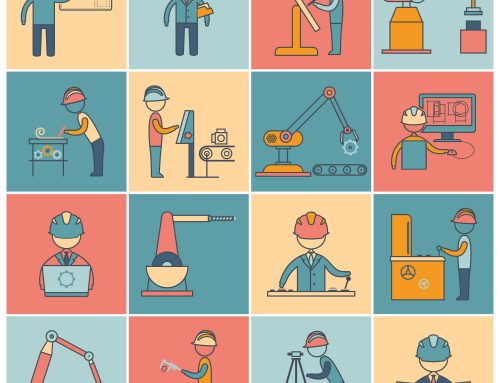

Follow Us